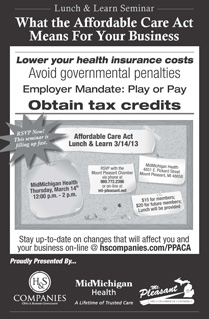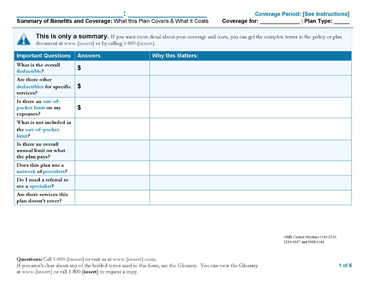SHOP Exchange Program Delayed
Tweet
 Employers looking to utilize the Small Business Health Options Program (SHOP) through the health insurance exchanges will be disappointed as its full implementation until 2015. Under a proposed rule from the Department of Health & Human Services (HHS), states that are allowing the federal government to run their state exchange or are entering a federal-state partnership (such as Michigan) will only have one insurance option for 2014. Initially, the plan involved having multiple policies to choose from, and employers and employees could choose from different plans but the employer would just need to write one check. Due to administrative delays, the full implementation has been pushed back until 2015.
Employers looking to utilize the Small Business Health Options Program (SHOP) through the health insurance exchanges will be disappointed as its full implementation until 2015. Under a proposed rule from the Department of Health & Human Services (HHS), states that are allowing the federal government to run their state exchange or are entering a federal-state partnership (such as Michigan) will only have one insurance option for 2014. Initially, the plan involved having multiple policies to choose from, and employers and employees could choose from different plans but the employer would just need to write one check. Due to administrative delays, the full implementation has been pushed back until 2015.
States that are running their own exchange can either fully implement the SHOP program for 2014 or they can enact the 1 year delay.
The delay means that many small businesses that were looking forward to having more competitive choices for health insurance either can utilize the one plan being offered, or can continue to purchase insurance on the private market.
To learn more, contact Travis Sinquefield, PHR.
 Travis Sinquefield
Travis Sinquefield
HR Manager
616.735.3088
traviss@hscompanies.com








 One big question many people have is, “who is going to be paying for the exchanges being setup by the states and federal government”. In reality, the burden will fall upon both employees, who receive coverage through a group health insurance plan, and also those who are eligible to purchase through the exchange.
One big question many people have is, “who is going to be paying for the exchanges being setup by the states and federal government”. In reality, the burden will fall upon both employees, who receive coverage through a group health insurance plan, and also those who are eligible to purchase through the exchange.


